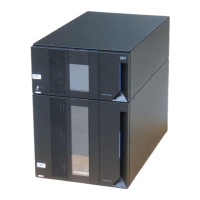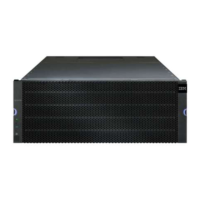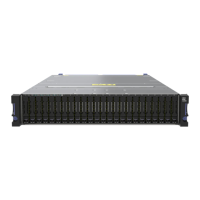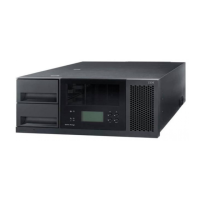Appendix C. Solid State Drives on the IBM System Storage DS5000 series 533
SSDs offer game-changing performance for database applications by removing the limitations
traditional rotating disks impose on database design. This revolutionizes database
architectural design by removing the traditional I/O bottleneck. SSDs eliminate the need to
have a large number of underutilized (short-stroked) HDDs to meet the heavy I/O demands of
database applications.
Initial lab tests of SSDs on a DS5000 storage subsystem
Lab tests with a DS5000 storage subsystem were made in order to illustrate a comparison
between SDDs on a DS5000 storage subsystem and the traditional SATA and Fibre Channel
(FC) disks. The tools used to create the I/O have been created purely for a lab environment,
and the results shown below do not indicate any expectation to what a commercial application
or database can expect to achieve on a DS5000 storage subsystem. The lab environment
ensures that the tests performed are identical and a realistic comparison between the
different disk drive results can be made.
Random I/O performance
The SSD limitation of twenty disks per subsystem are compared to SATA limitation of 256
disks and the FC limitation of 256 disks that can be used in a single DS5000 storage
subsystem. The first set results, shown in Figure C-4, compare random I/O reads and writes
for all three types of disk. The arrays were set up in the following configurations:
SSD: 4 x (4+1) volumes in a RAID 5 configuration
FC: 32 x (7+1) volumes in a RAID 5 configuration
SATAL: 32 x (7+1) volumes in a RAID 5 configuration
Read cache disabled
Write cache disabled
Figure C-4 Comparison of random I/O performance
DS5000 – Comparison of Random I/O Performance
RAID 5
Sustained I/O rate 4K
random disk reads
Sustained I/O rate 4K
random disk writes
SSD Measured FC Measured SATA Measured
350000
280000
210000
140000
70000
700000
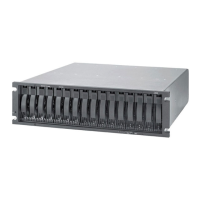
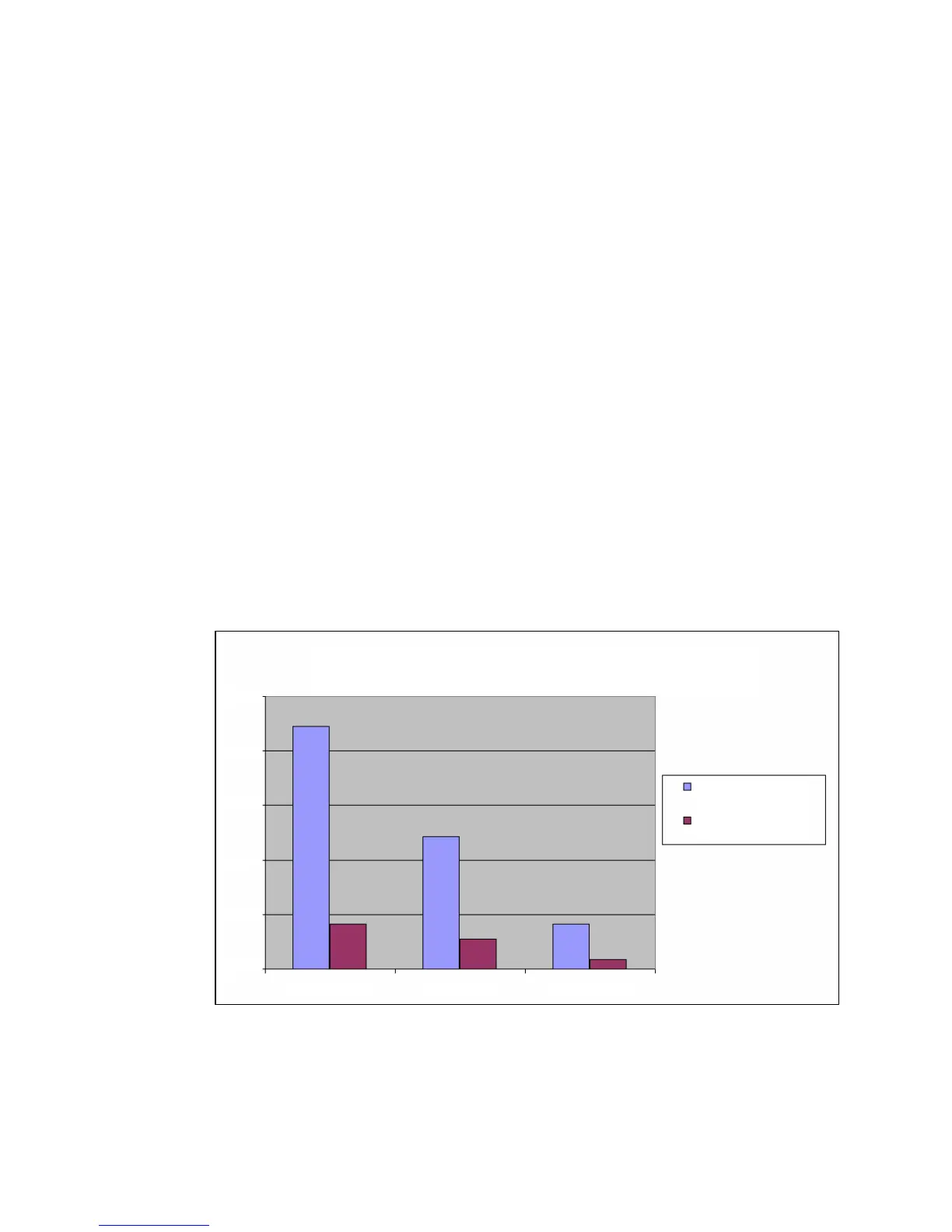